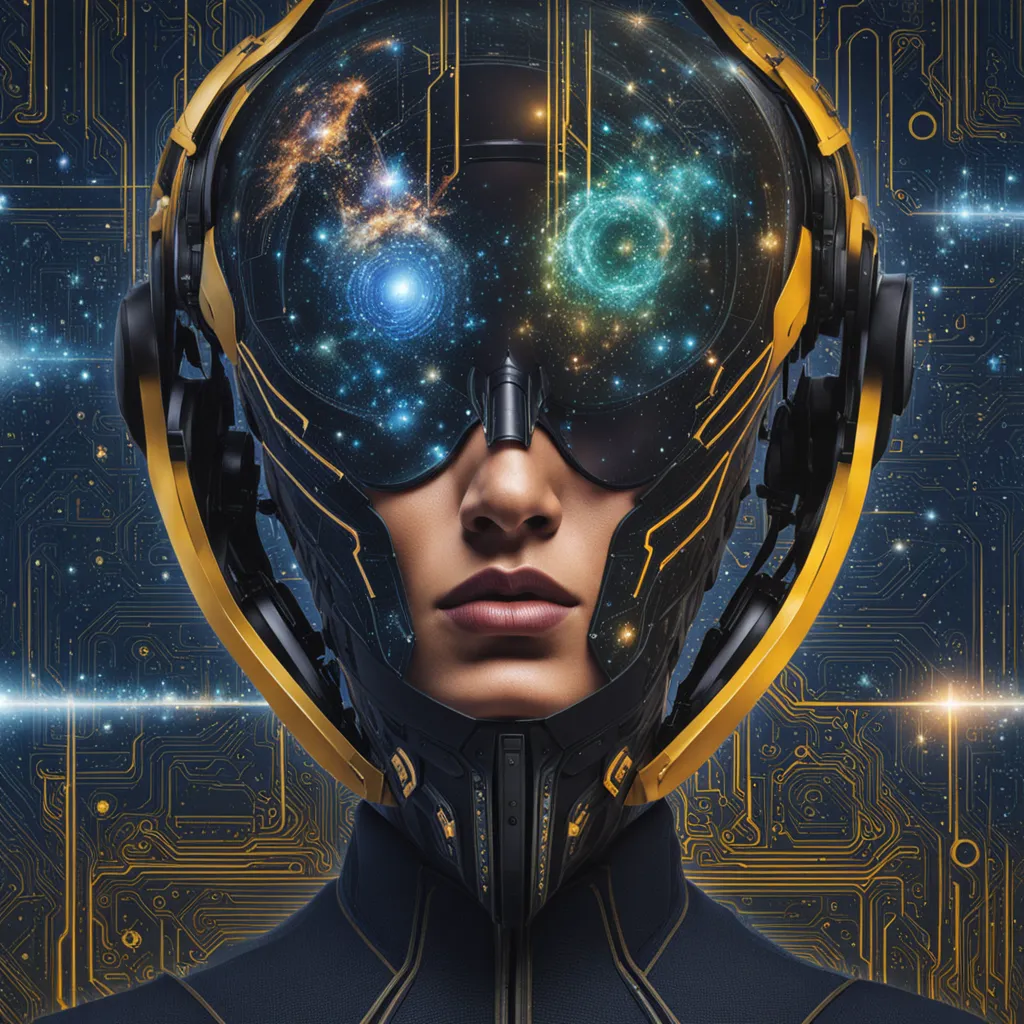Augmented Humanity: How Technology Enhances Human Capabilities
The integration of technology into our daily lives has led to a transformative shift in how we perceive and interact with the world. From communication to healthcare and beyond, technology has become a powerful tool in enhancing human capabilities. In this exploration of augmented humanity, we delve into the ways technology has empowered us to reach new heights and overcome challenges.

1. Communication Revolution: The advent of smartphones and high-speed internet has revolutionized communication, connecting people across the globe in real-time. Social media platforms facilitate instant sharing of ideas, fostering global conversations and breaking down geographical barriers. Technology has turned the world into a closely-knit digital community.
2. Healthcare Advancements: Breakthroughs in medical technology have significantly improved healthcare outcomes. From advanced diagnostic tools to telemedicine services, technology has enhanced the precision of medical interventions. Wearable devices monitor health metrics, providing individuals with real-time insights into their well-being and promoting proactive health management.
3. Assistive Technologies: Technology plays a crucial role in empowering individuals with diverse abilities. Assistive technologies, such as screen readers, speech recognition software, and prosthetics, enable people with disabilities to navigate the world more independently. These innovations contribute to fostering inclusivity and equal opportunities for all.
4. Cognitive Augmentation: The use of technology to enhance cognitive abilities is becoming increasingly prevalent. Brain-computer interfaces, neurofeedback systems, and cognitive training apps aim to boost memory, focus, and problem-solving skills. These advancements open up new possibilities for optimizing mental performance and overcoming cognitive challenges.
5. Education Transformation: Technology has transformed the landscape of education, making learning more accessible and personalized. Online courses, virtual classrooms, and interactive educational platforms provide learners with flexibility and diverse resources. Augmented reality (AR) and virtual reality (VR) technologies offer immersive learning experiences, enhancing comprehension and retention.
6. Smart Assistants and Automation: AI-driven smart assistants, like Siri and Alexa, streamline daily tasks and provide valuable assistance. Automation technologies in homes and workplaces simplify routine activities, allowing individuals to focus on more complex and creative endeavors. This integration of automation enhances efficiency and productivity.
7. Enhanced Creativity: Technology has become a catalyst for creativity, offering tools and platforms for artistic expression. Graphic design software, music production tools, and virtual art studios empower individuals to unleash their creativity without the need for specialized equipment. The digital realm has become a canvas for limitless artistic exploration.
8. Global Collaboration: Collaborative tools and platforms facilitate global teamwork, transcending geographical constraints. Whether in business, research, or creative endeavors, technology enables seamless collaboration among individuals and teams. Cloud-based services and virtual project management tools enhance efficiency in achieving shared goals.
9. Environmental Monitoring: Technology plays a vital role in environmental conservation and monitoring. Advanced sensors, satellite imagery, and data analytics contribute to our understanding of climate change, deforestation, and biodiversity. These technologies empower us to make informed decisions and take proactive measures for a sustainable future.
10. Wearable Health Tech: Wearable devices, such as fitness trackers and smartwatches, have become ubiquitous in promoting overall well-being. These devices monitor physical activity, heart rate, and sleep patterns, encouraging users to adopt healthier lifestyles. The intersection of technology and wellness empowers individuals to take charge of their health.
In conclusion, the augmentation of humanity through technology is a dynamic and ongoing process. From communication and healthcare to education and creativity, technology enhances our capabilities, opening up new possibilities and shaping the way we experience the world. As we continue to embrace these advancements, the synergy between human ingenuity and technological innovation holds the promise of a future where our potential knows no bounds.







